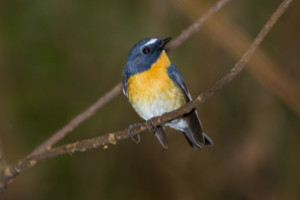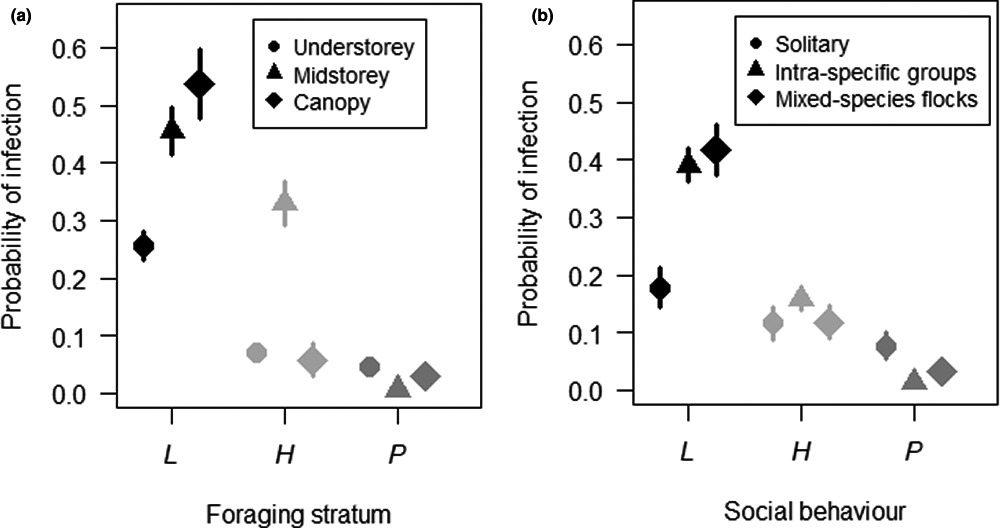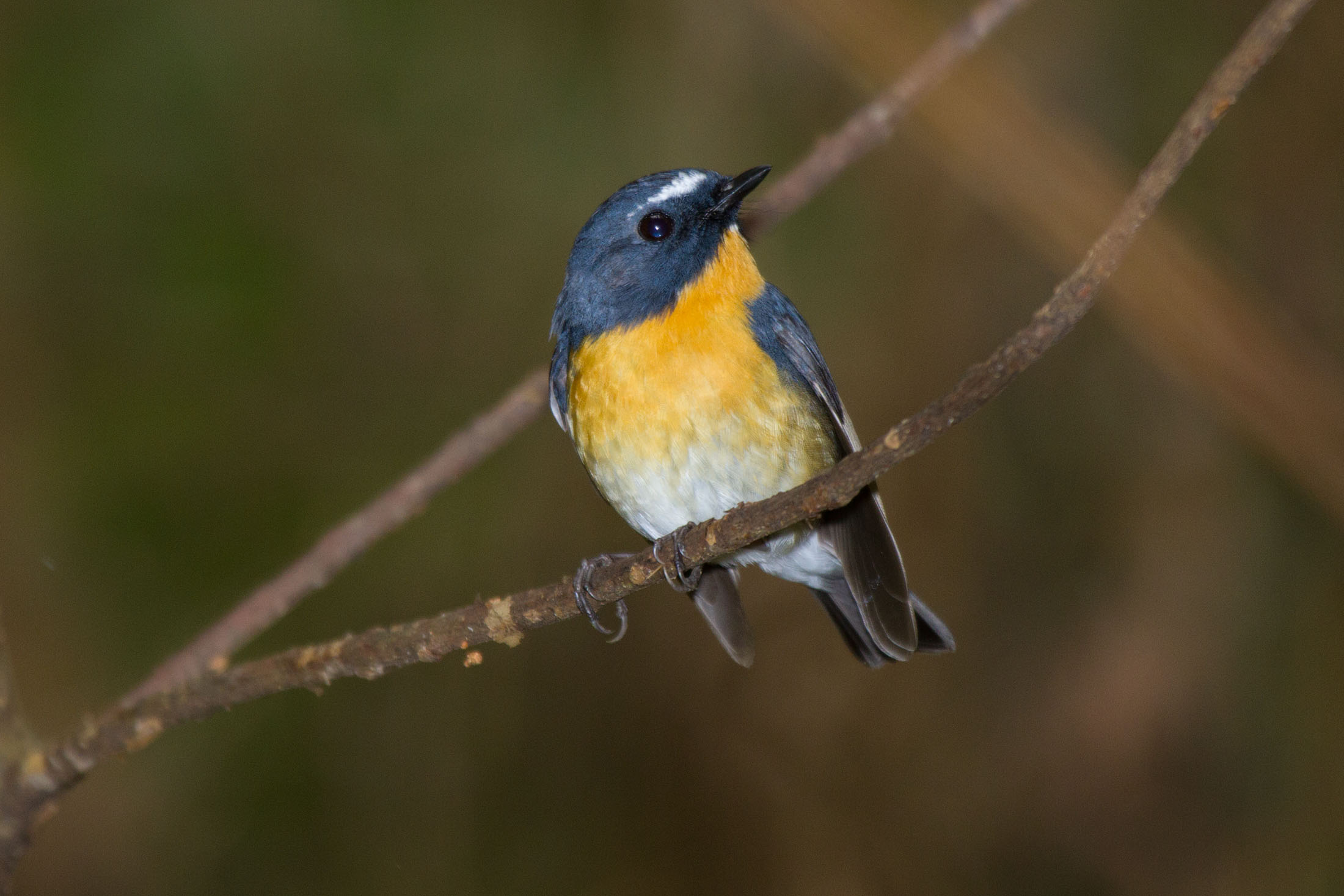
LINKED PAPER
The effect of habitat quality on the blood parasite assemblage in understorey avian insectivores in the Eastern Himalaya, India. Menzies, R. K., Borah, J. R., Srinivasan, U., & Ishtiaq, F. 2021. IBIS. DOI: 10.1111/ibi.12927. VIEW
‘Great fleas have little fleas upon their backs to bite ’em, And little fleas have lesser fleas, and so ad infinitum.’ These are the opening lines of a poem by the British mathematician Augustus De Morgan. It nicely illustrates the enormous diversity of parasites on our planet. Just try to imagine the mindboggling number of parasitic species when you consider that parasites tend to have their own parasites. The poem only focuses on external parasites, but species can also carry internal ones. Birds, for example, often have parasites in their blood. Most of these so-called haemosporidian parasites belong to the genera Leucocytozoon, Haemoproteus, and Plasmodium (Valkiũnas 2005). These blood parasites cannot simply jump from one bird to another. They have to rely on certain insect vectors, such as black flies and mosquitos, to carry them around (Černý et al. 2011). Because each parasite genus is associated with a particular insect vector, we could make some predictions on which bird species are expected to carry certain parasites.
Insect vectors
Parasites of the genus Leucocytozoon are mostly transmitted by black flies and biting midges. Because these insects tend to form swarms above the canopy, we can expect that bird species foraging in the upper section of the forest will be infected with Leucocytozoon species. The genus Plasmodium, on the other hand, travels in mosquitos which fly around at the ground level. So, bird species that prefer the lower regions of the forest might have a higher chance of carrying Plasmodium parasites. Finally, the parasite genus Haemoproteus uses a wide variety of insect vectors and can thus infect bird species at different heights in the forest. In a recent study, Rohan Menzies and his colleagues tested these predictions for several bird species of the Eastern Himalayas.

Figure 1. The infection probability with the blood parasites Leucocytozoon (L), Haemoproteus (H), and Plasmodium (P) could be explained by foraging location and social behaviour.
Mixed flocks
The researchers screened 545 individual birds – representing 57 species – and found that almost half of them (44%) carried blood parasites (Bensch et al. 2009). But did the distribution of these parasites match our expectations? The analyses indicated that the feeding location in the forest did indeed determine the infection prevalence with particular parasites. Upper canopy and midstorey foragers had a higher prevalence of Leucocytozoon and Haemoproteus parasites, which are transmitted by black flies and biting midges that reside higher in the forest. Interestingly, there was also an effect of social behaviour: birds foraging in mixed-species flocks showed a higher infection rate with Leucocytozoon parasites (González et al. 2014). However, the species forming these mixed flocks tend to forage together in the upper canopy. Disentangling the effects of feeding location and social behaviour will thus require more detailed analyses. But one thing is clear: ecology matters.
References
Bensch, S., Hellgren, O. & Perez-Tris, J. (2009). MalAvi: a public database of malaria parasites and related haemosporidians in avian hosts based on mitochondrial cytochrome b lineages. Molecular Ecology Resources 5: 1353– 1358. VIEW
Černý, O., Votýpka, J. & Svobodová, M. (2011). Spatial feeding preferences of ornithophilic mosquitoes, blackflies and biting midges. Medical and Veterinary Entomology 25: 104– 108. VIEW
González, A.D., Matta, N.E., Ellis, V.A., Miller, E.T., Ricklefs, R.E., Gutierrez, H.R. (2014). Mixed species flock, nest height, and elevation partially explain avian Haemoparasite prevalence in Colombia. PLoS One 9: e100695. VIEW
Valkiũnas, G. (2005). Avian Malaria Parasites and Other Haemosporidia. Boca Raton: CRC Press. VIEW
Image credits
Top right: Snowy-browed Flycatcher (Ficedula hyperythra) | Kristof Zyskowski & Yulia Bereshpolov | CC BY-SA 2.0 Wikimedia Commons
Blog posts express the views of the individual author(s) and not those of the BOU.
If you want to write about your research in #theBOUblog, then please see here





